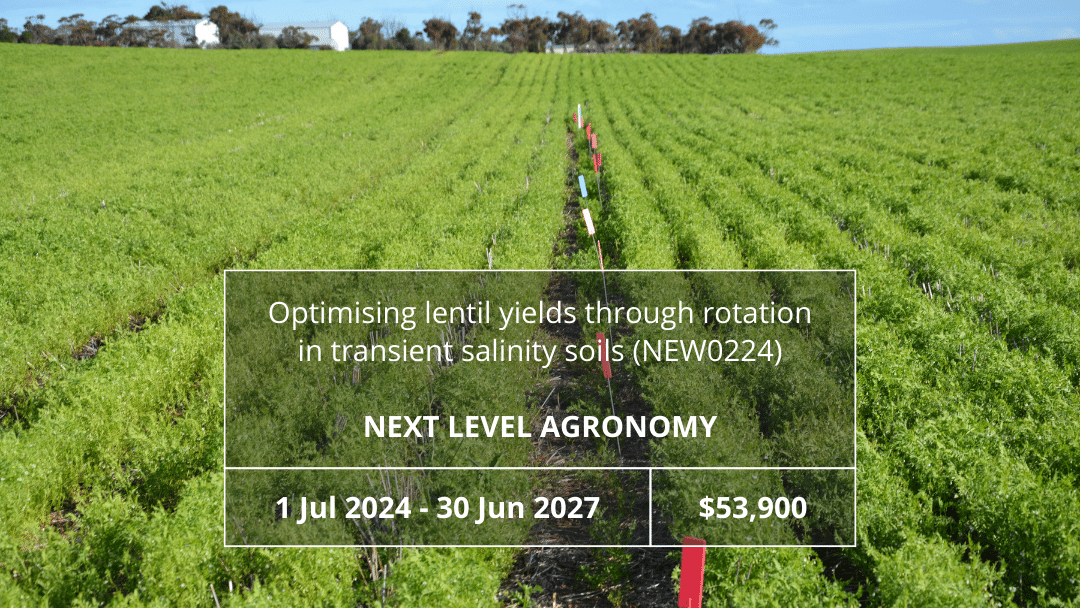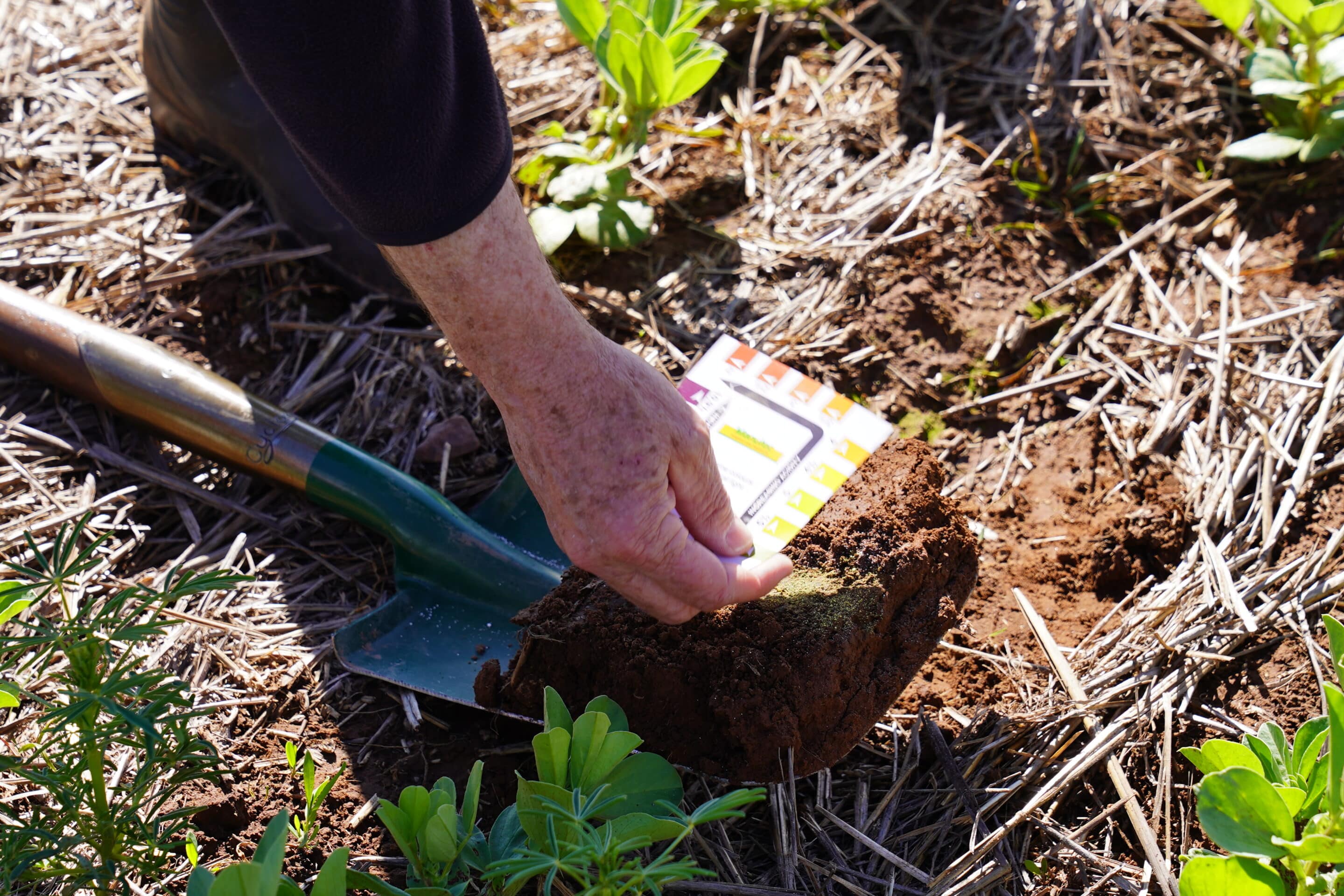START
FINISH

Summary
This project aims to make transient saline soils more productive again for growing lentils through the use of a chemical fallow phase of the rotation. The fallow allows both soil moisture to be conserved through stubble load, helping for lentil establishment, and will also aim to reduce the area of saline affected soil for the following crops.
Project Participants
Chris Davey, Next Level Agronomy
The research
This project aims to make transient saline soils more productive again for growing lentils through the use of a chemical fallow phase of the rotation. The fallow allows both soil moisture to be conserved through stubble load, helping for lentil establishment, and will also aim to reduce the area of saline affected soil for the following crops.
Funding
$53,900
More information
Chris Davey
T: 0428 466 675
E: [email protected]



